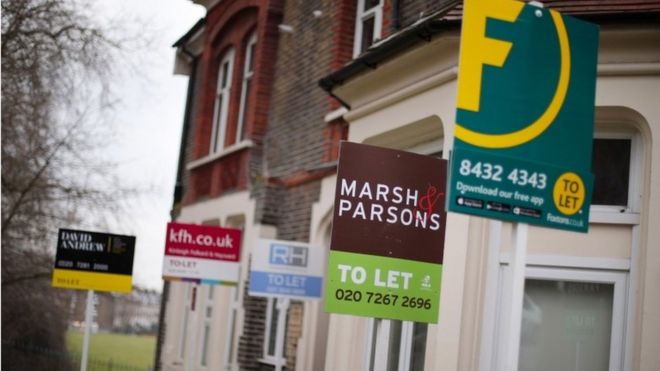
Philip Hammond did not give the “indexation allowance freeze” a lot of welly in his speech and certainly didn’t try very hard to explain its rather economicky sounding title but it’s a tax rise the government hopes will raise half a billion pounds a year by the end of this parliament and could have important consequences – particularly for the buy-to-let market.
The way it works is this: Individuals who buy assets, like second properties, and then see them rise in value have to pay 28% of the full rise in the price when they come to sell it.
Companies, on the other hand, have been allowed to deduct the amount of that price rise that was due to inflation.
For example, if I was to buy a rental flat for £100k and sell it for £200k 10 years later I would have to pay £28,000 capital gains tax.
If Simon Jack Property Limited was to buy the same flat and inflation had been at 3% for that 10-year period, inflation would have accounted for £34,000 of that price rise and I would only have to pay 28% on the remaining £66,000 price rise.
Simon Jack Property Limited pays tax of £18,480 rather than £28,000.
Disliking landlords
From January of next year that discrepancy will be eliminated. The change will only affect price rises from January of next year, so companies will not pay extra on the gains they have already made.
Property is not the only asset this new tax hike affects, but it is in its sweetspot and is further evidence that the government seems to have taken a dislike to buy-to-let landlords.
Last April, buy-to-let landlords were hit with a 3% surcharge on stamp duty which would have left some thinking the sums no longer added up – acting as a deterrent to buy to letters hoovering up properties.
Treasury sources tell me that it’s not that they have it in for buy-to-let landlords but there have been tax advantages for buy-to-let landlords compared with regular buyers.
They want to make sure that owner occupiers are on “a level playing field” when it comes to buying the housing stock that is available now – while we wait for the 300,000 houses a year promised in the next decade.


